Bench press, back squat, deadlift.
Just kidding; we almost had you, though. The powerlifting “Big Three” are among the best exercises for strength, bar none. But what about the worst exercises for strength?
Is there such a thing? To answer that question, we need a bonafide expert to define strength in the first place. We’ll let 2023 World’s Strongest Man (WSM) Mitchell Hooper do the heavy lifting.
8 Worst Exercises for Strength
On Aug. 4, 2024, Hooper defined strength as, “how much weight you can move in any plane of motion,” while breaking down his 8 least-favorite exercises for strength. We’d sharpen that definition slightly and regard strength as how much force you can produce in a given context, but Hooper is, as usual, on point.
- “Many of these moves are unstable, impractical, or flat-out stupid,” says Hooper.
Luckily, he’s got some better alternatives in mind.
Here are the 2023 WSM winner’s eight least-favorite exercises for strength gain. We’re going to break down why Hooper isn’t a fan of these moves, give our take, and let you take the reins from there.
- Dumbbell Bench Press
- Bamboo Bar Squat
- Biceps Curl
- Deadlift
- Spanish Squat
- Nordic Curl
- Half Squat
- Shrug
[Debate: Mitchell Hooper Roasted Our Deadlift Accessories, so We Argued With Him]
1. Dumbbell Bench Press
Dumbbell bench presses are a simple and accessible chest-building movement, but they aren’t necessarily great exercises for strength when it comes to building pressing power.
- “It’s so hard to get the dumbbells into place when you set up,” Hooper says for anyone strong enough to work with the dumbbells that rest on the cobweb end of the rack. The lack of stability, according to Hooper, makes the dumbbell bench press a poor strength exercise.
Hooper is a fan of the KISS principle, so he suggests simply performing barbell bench presses instead, which don’t require nearly as much multi-planar stability.
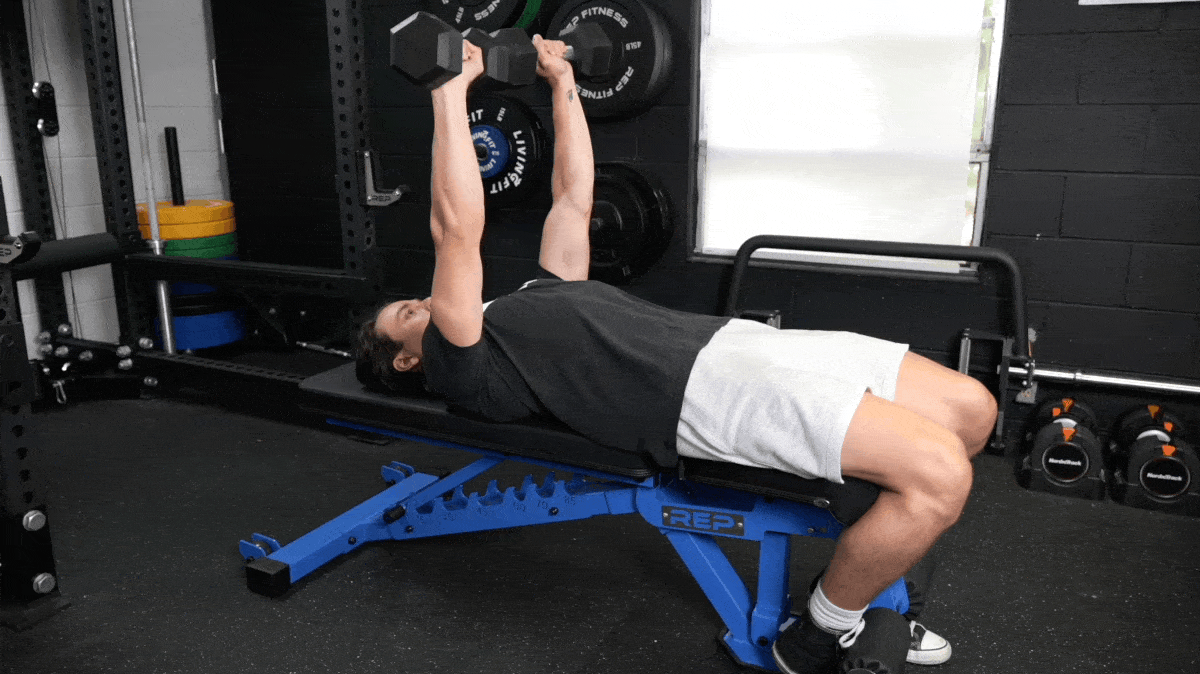
Our Take
Hooper is correct — if you have the strength to work with dumbbells well over 100 pounds, getting them into place to start the exercise becomes half the battle.
Barbell bench presses also allow you to apply progressive overload incrementally; you can lift 5 pounds extra at a time (or less, if you have specialty “micro” plates), instead of 5 pounds per arm.
- Hooper touched on an exercise science principle called the bilateral deficit as well. Academics once thought that contacting the muscles in both arms simultaneously to move one object (a barbell) reduces your strength compared to working with two separate implements that sum to the same weight (dumbbells). (1)
In practice, this hasn’t really panned out. Hooper says you’re much stronger when moving a singular, stable object, and he’s right.
2. Bamboo Bar Squat
A bamboo bar is a type of barbell designed to be deliberately elastic or “whippy” in nature. Bamboo bar squats are commonly utilized in athletic training contexts to challenge an athlete’s stabilization capacity, something Hooper regards as a mistake.
- “The weight room is for getting strong,” says Hooper. “We’re not trying to build multiple different qualities with the same tool.”
Instead, Hooper recommends taking things back to basics. A standard barbell squat, or even using an extra-stiff axle bar if your gym has one, are much better exercises for strength because they allow you to focus solely on force production without worrying about the thing flopping all over the place.
Our Take
Uninformed strength & conditioning coaches often try to mix modalities to the detriment of their athletes. Put simply, Hooper is correct. Adding too many different elements to exercises for strength diminish their usefulness, and you don’t get much back in return.
3. Biceps Curl
Hooper isn’t a fan of any bicep curl variation for building strength. In fact, he regards curl variations of any sort as “plainly ineffective”:
- “Most people don’t have anything to gain by building strength purely in their biceps,” says Hooper. “An isolation exercise like the biceps curl is exponentially less useful than compound exercises for strength.”
If you want to do exercises for strength that target your arms and ensure you spend your time in the weight room productively, Hooper recommends the underhand barbell row instead. The supinated grip will emphasize your biceps a bit more while you also build back strength.
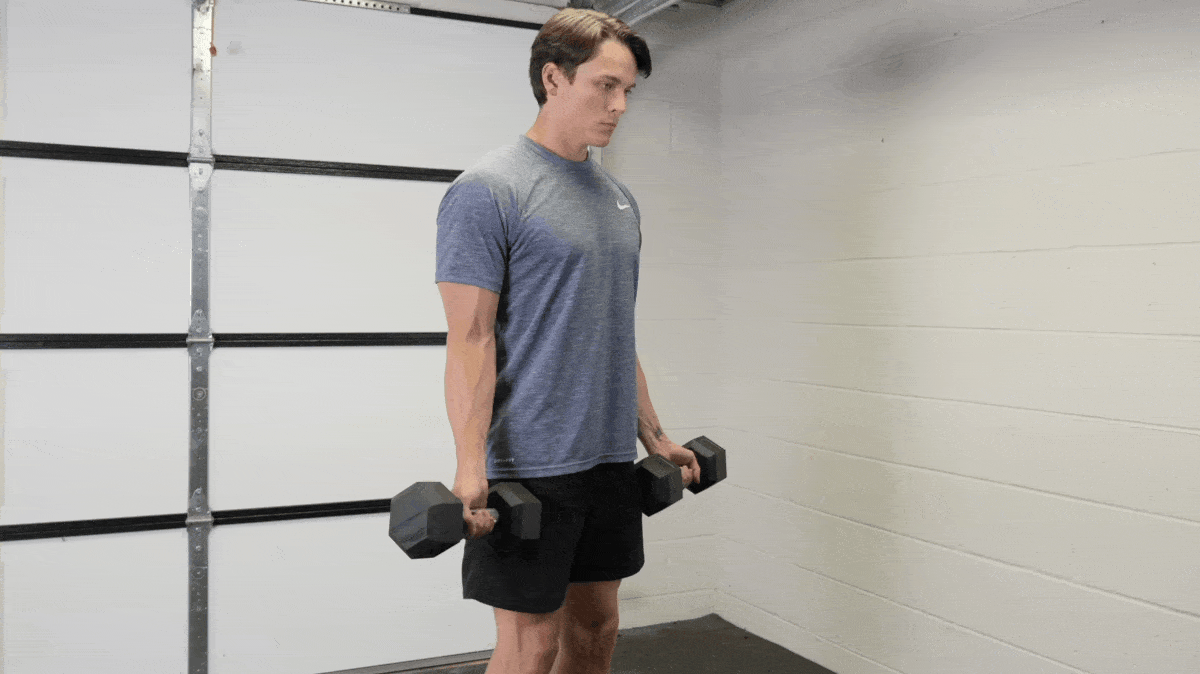
Our Take
Folks who spam biceps curls in the weight room usually get good at one thing; doing biceps curls. Your biceps are a small muscle that play a limited role in most of your fundamental movement patterns, so don’t expect to become strong all over if all you do is curl your heart out.
However, Hooper also mentioned that too much biceps hypertrophy can interfere with your mobility and even hinder your ability to train exercises like the front squat. We don’t agree.
As long as you continue to perform the exercise in question while you build muscle in your biceps, you shouldn’t limit your range of motion until you’re approaching “Mr. Olympia big.” We’d point to obscenely jacked 2024 Olympian & Team USA weightlifter Wes Kitts to close that case.
4. Deadlift
Now, don’t throw your smartphone across the room. Hooper specifically remarks that deadlifting without the assistance of lifting straps turns one of the best barbell exercises period into a subpar exercise for strength.
- “No matter who you are, your grip will give out before your actual deadlift strength,” says Hooper.
He acknowledges that grip training has validity, but if you’re trying to build your 1-rep-max deadlift, you shouldn’t let your forearms and fingers stand in the way. Hooper advises training grip exercises for strength separately and on a near-daily basis with moves like the bar hang or rack hold.
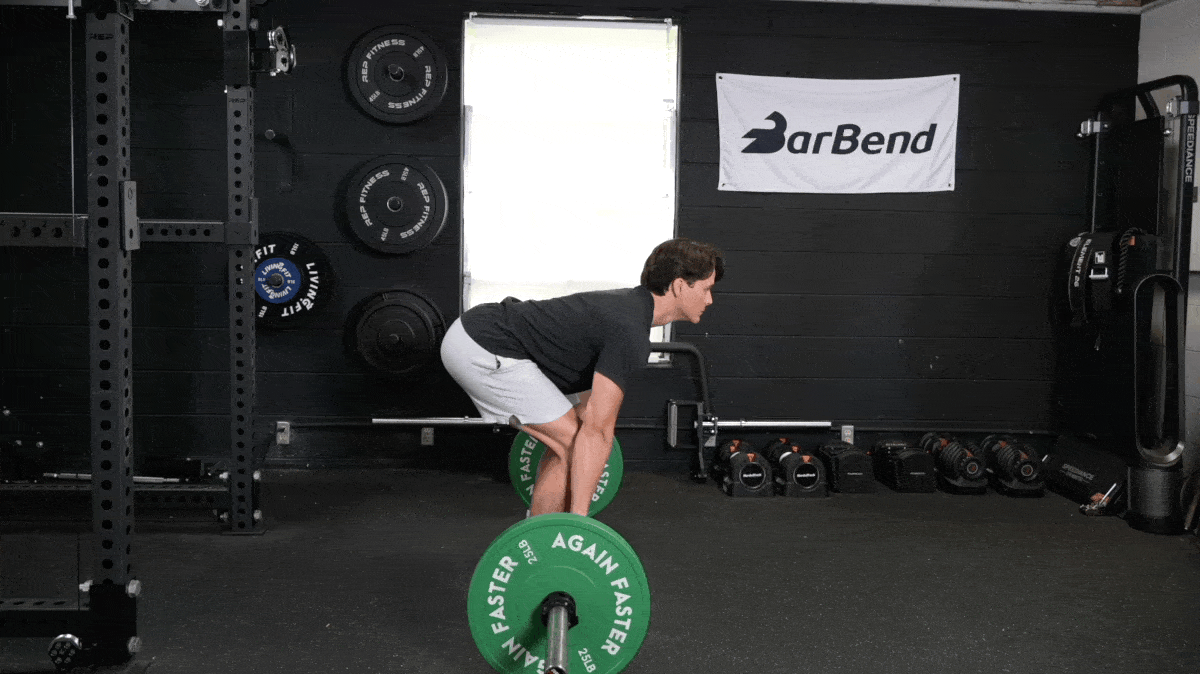
Our Take
Hooper is right, but there’s an obvious caveat. The standard barbell deadlift, whether you pull conventional or sumo, reached popularity due to its inclusion in the sport of powerlifting, where you are not permitted to rely on lifting straps.
As such, most recreational lifters (and competitive powerlifters) regard the strapped and non-strapped deadlifts as two different entities. If you’re ever asked how much you deadlift, it is considered good gym etiquette to specify whether you use straps or not.
5. Spanish Squat
You’ve may not have heard of a Spanish squat before, but you’ve probably seen the equipment required at your gym. Spanish squats are a bodyweight squat variation involving an item that hooks your shin in place and prevents it from moving.
That limitation is precisely why Hooper thinks the Spanish squat is both a poor exercise for strength and potentially dangerous if you load it.
- “Closed-chain knee extension puts extremely high amounts of shear force on your ACL,” he says.
If you’re not a biomechanics nerd; shear force basically occurs when two forces act on a structure simultaneously, but in opposite directions. Think twisting a tight cap off a bottle of soda.
Instead, Hooper suggests performing leg presses with a close stance to emphasize the quads in a safe, closed-chain and controlled environment.

Our Take
We disagree with Hooper in principle, but not in practice. Shear forces are not inherently dangerous; a similar effect occurs on your knees when you use the leg extension machine, after all.
Studies also note that your knees tracking in front of your toes can increase the shear forces on that joint, (2) but no reputable source recommends preventing forward knee travel in the squat nowadays.
What is dangerous, and where Hooper is correct about the Spanish squat as an exercise for strength, is applying too much force (of any kind) too quickly. If you’ve only ever done unweighted Spanish squats and you immediately grab a 25-pound weight plate, you’re significantly increasing the tension on the soft tissues in your knee, since the loaded Spanish squat is a long-ever exercise.
6. Nordic Curl
Hooper specifically regards unsupported Nordic curls as poor exercises for strength in the hamstrings for a similar reason as the Spanish squat; too much force on the joint and no way to disperse it.
- “You can hit a point where your muscles simply give out,” notes Hooper.
Instead, he recommends the safety bar good morning exercise. Having your feet rooted in the ground and moving a weight, rather than just your body, is more effective for gaining strength.
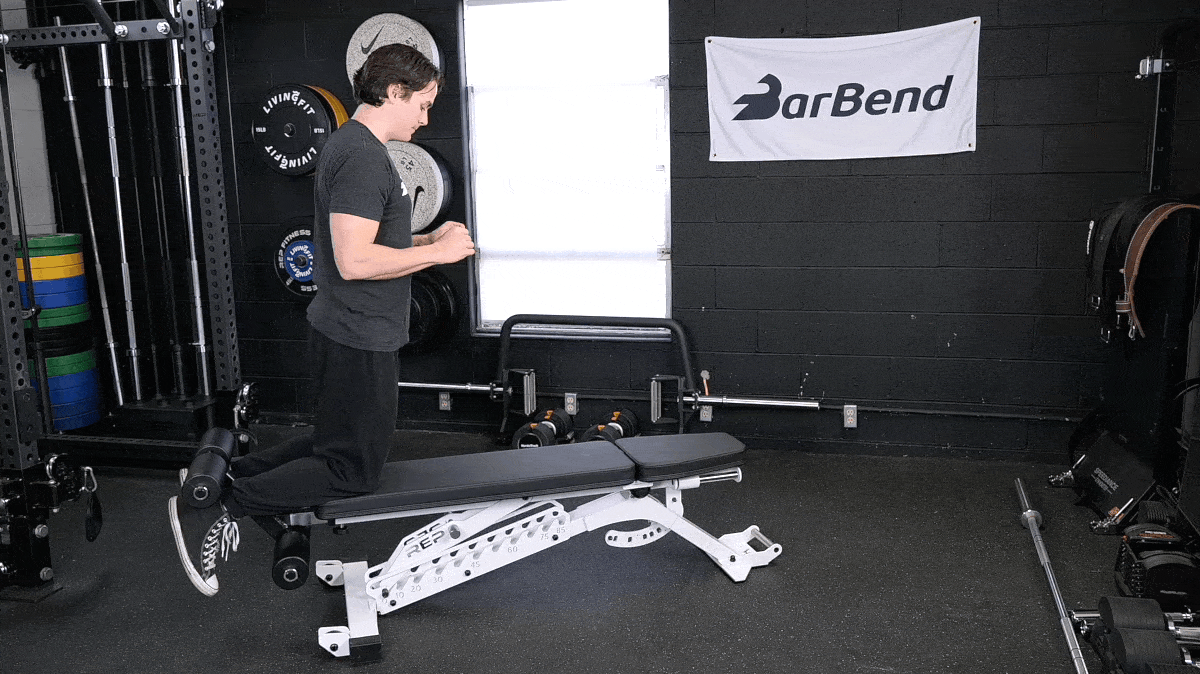
Our Take
Hooper’s suggestion to replace an open-chain exercises for strength with closed-chain moves is wise, but we don’t agree with his specific prescription. To understand why, you need to know how your hamstrings work.
Your hammies are a biarticular muscle that create flexion of the knee and extension of the hip. Good mornings demand more of the muscle’s hip extension capabilities, while the knee joint remains at mostly the same angle the whole time.
If you want to swap Nordic curls out, we’d endorse the prone leg curl machine instead, which locks your hips in place in a similar fashion and allow you to train knee movement safely.
7. Half Squat
Half squats entail deliberately squatting down about halfway, omitting the bottom of the exercise’s range of motion. Cutting your depth will allow you to use significantly more weight, but simply stacking plates on a barbell does not a strong athlete make.
- “I don’t see a purpose for anyone to do these unless you’re looking for a very specific sports-related outcome,” says Hooper.
He argues that the requisite weight required to elicit a good stimulus can have negative effects on your central nervous system. Instead, Hooper recommends squatting all the way down with the safety pins set such that you can safely miss the lift at any time.
Our Take
Hooper is mostly correct. Half-squatting is a cardinal sin in the weight room, but there are cases in which you might find partial squats to be potent exercises for strength — such as if you’re a non-barbell athlete, which he did acknowledge.
You can read more about the use cases of half squats here:
[Op-Ed: Why Half Squats Are Better Than Full Squats (for Athletes)]
8. Shrug
Shrugs are the de facto trap exercise. You can lift piles of weight with shrugs, but that doesn’t make them good exercises for strength. Here’s Hooper:
- “Elevating your shoulders is a very narrow skill,” he says. “Shrugs won’t improve your strength in any practical way because they don’t train scapular retraction.”
Instead, Hooper suggests doing rack pulls, though he isn’t entirely sold on the movement pattern as a whole.
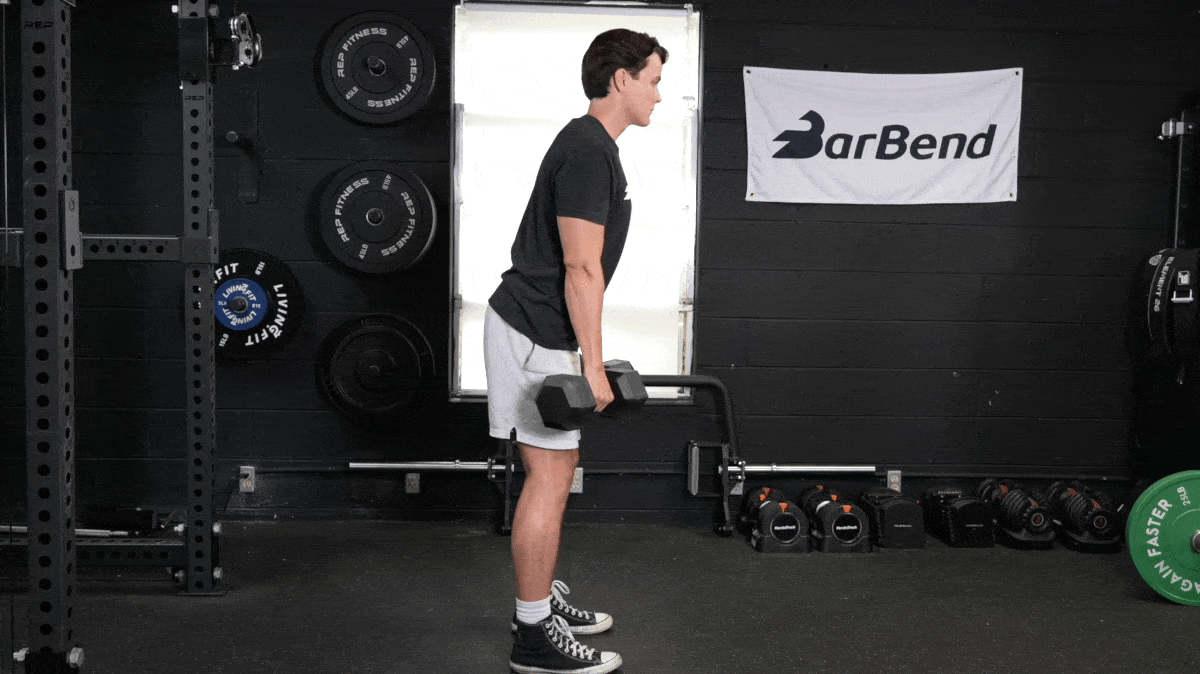
Our Take
We agree. Heavy shrugs look cool, but bending a bar with a bunch of plates and moving your shoulders up and down an inch at a time is more of an ego massage than anything else.
The only exception here would be for Olympic lifters, who rely on explosive shrugging to help pull themselves down to the barbell during the snatch or clean. In such cases, snatch pulls or clean pulls, especially from the hang or blocks, are stellar exercises for strength.
More Training Content on BarBend
- The Worst Bodybuilding Exercises Your Program Doesn’t Need
- Do the 5×5 Workout Plan To Get Freakishly Strong
- The Real Differences Between Powerlifting & Powerbuilding
References
- Železnik P, Slak V, Kozinc Ž, Šarabon N. The Association between Bilateral Deficit and Athletic Performance: A Brief Review. Sports (Basel). 2022 Jul 27;10(8):112. doi: 10.3390/sports10080112. PMID: 36006078; PMCID: PMC9413577.
- Myer GD, Kushner AM, Brent JL, Schoenfeld BJ, Hugentobler J, Lloyd RS, Vermeil A, Chu DA, Harbin J, McGill SM. The back squat: A proposed assessment of functional deficits and technical factors that limit performance. Strength Cond J. 2014 Dec 1;36(6):4-27. doi: 10.1519/SSC.0000000000000103. PMID: 25506270; PMCID: PMC4262933.
Featured Image: Reshetnikov_art / Shutterstock